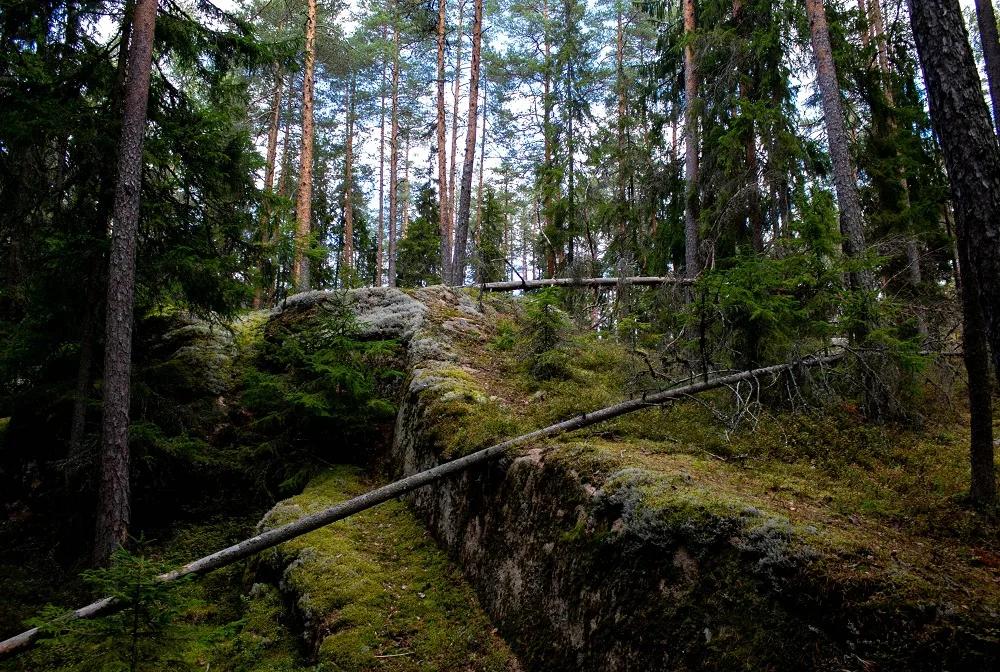Hello, plant lovers! Welcome back to The Home Plants! Today, we’re diving into a magical part of nature that’s easy to overlook: moss. Imagine adding a lush, velvety carpet of green to your terrarium or indoor space – it’s all possible when you collect and grow your own moss. And the best part? It’s surprisingly simple to get started!
Whether you’re looking to create a mossy backdrop in a glass terrarium or bring a touch of green to your shelves, this guide will walk you through the exact steps to collect moss from the great outdoors and help it thrive in your own home. Inspired by our recent video on moss collection, I’ve created this step-by-step guide so you can grow your own moss and turn your indoor space into a green oasis. 🌱
First Method: How to Collect and Grow Moss from Larger Pieces
Step 1: Gather Your Supplies
Here’s what you’ll need to collect moss successfully:
- A plastic box with a secure lid (for transporting your moss safely)
- A small trowel or hand shovel
- Spray bottle with water (to mist the moss and keep it fresh after collection)
Step 2: Head to a Moss-Rich Spot
Look for a shady, damp area in the woods or your backyard, especially near rocks or trees where moss naturally grows. Carefully, use your trowel to collect pieces of moss, making sure to get a small portion of the substrate it’s growing on. This helps the moss adjust to its new environment more easily. Gently lay the moss pieces in your box and close the lid to keep them moist until you’re ready to plant.
Step 3: Prepare Your Container and Begin Growing
Now that you have your moss, it’s time to set up a growing container:
- Pour a layer of gravel into a translucent container for drainage.
- Place a piece of mosquito netting over the gravel, acting as a barrier to keep soil from mixing with the gravel layer.
- Add a nutrient-rich substrate layer on top and gently press down.
- Arrange your moss on top of the substrate, covering it entirely.
- Mist lightly with water and close the lid of your container.
Place your box in a shady area with indirect light. Moss prefers cool, damp environments, so make sure it’s away from direct sunlight but still receives ambient light.
Alternative Method: How to Grow Moss from Small Pieces
Got tiny pieces of moss? Don’t worry – you can still grow your own moss using the “shaker” method, which works great for spreading moss evenly over the substrate!
- Prepare and shake
Place the small moss pieces in a container, seal it, and give it a gentle shake. This helps break the moss into even tinier pieces, perfect for growing a lush carpet. - Set Up Your Growing Area
Like before, add a drainage layer of gravel and place the mosquito netting over it. Add the substrate, then sprinkle your moss pieces on top, spreading them evenly across the soil. - Mist and Place
Lightly mist your new moss setup and seal the container. Store it in a shaded spot with indirect light, and be patient – it takes a little longer to fill in, but it’s worth the wait!
Common Tips for Moss Care
Here are some helpful tips to make sure your moss grows strong and vibrant:
- Maintain Humidity: Moss loves moisture! Mist it with water every few days to maintain humidity, especially in dry climates.
- Indirect Light: Avoid direct sunlight, which can dry out moss quickly. Shady, indirect light is ideal.
- Be Patient: Moss grows slowly but surely. With some time, you’ll see it start to expand and cover the substrate.
- Watch for New Growth: In a few days to weeks, you’ll notice small green sprouts, meaning your moss is thriving!
Conclusion: A Whole New World of Greenery!
Now you know the ins and outs of how to collect and grow your own moss! This easy, hands-on process brings the beauty of nature right to your home. Moss is not only gorgeous but also incredibly low-maintenance – perfect for busy or new plant parents. And for terrarium lovers, it’s a game-changer, adding a layer of lush green that’s truly unique.
Let me know in the comments if you’re trying this out and how it’s going for you! Don’t forget to follow for more plant tips and DIY projects, and I’ll see you next time at The Home Plants! 🌿
Give it a try and let me know how it works for you! And don’t forget to subscribe to TheHomePlants YouTube channel for more easy, plant-saving DIY tips and tricks.

